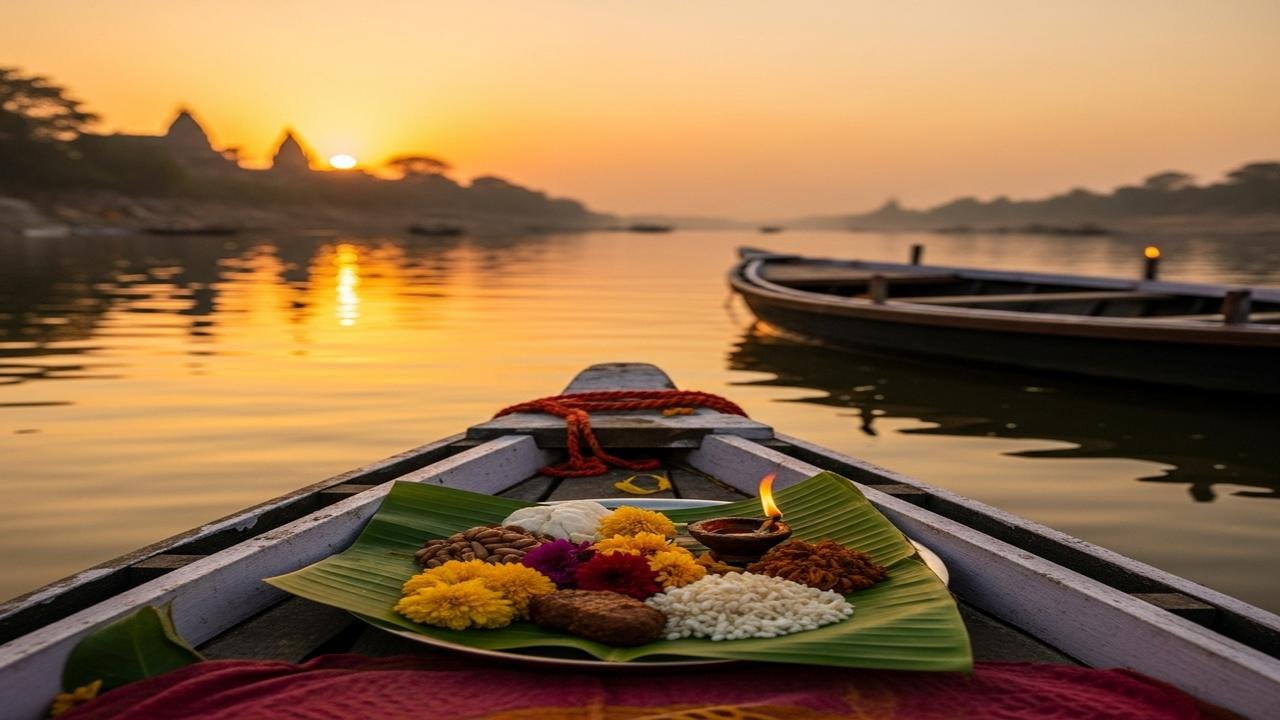The Surprising Truth About Hindus Offering Food to Ancestors

Why Do Hindus Offer Food to Ancestors?
One warm autumn morning in a small town, Meera watched her grandmother place a bowl of rice and a ladle of sweet milk on the courtyard floor. Her grandmother smiled softly and whispered a name. To Meera, it looked like a simple act. To her family, it was a bridge—an offering that connected the living with those who had gone before.
Offering food to ancestors is a tender, ancient practice in Hindu life. It is called *shraddha* or *pinda pradaan* in many homes, and it usually happens during special times like Pitru Paksha, on death anniversaries, or during important family ceremonies. But beyond the rituals, this practice carries deep spiritual meaning, cultural memory, and a sense of duty that has guided families for generations.
At its heart, offering food to ancestors is about gratitude and continuity. Food is life’s most basic gift; when we present it to our forebears, we are acknowledging that our existence is built on their sacrifices, teachings, and love. The meal becomes an expression of thanks and respect. It says: “We remember you. You are part of our story.”
There is also a spiritual belief woven into the ritual. In traditional thought, the subtle energy of a person continues after death. When food is offered with devotion and prayers, it nourishes that subtle being and brings peace to the departed soul. This is not merely superstition for many; it is a comforting practice that helps families process grief and keep relationships alive in a different, sacred form.
Historically, these rites have roots in Vedic times. Ancient scriptures describe simple offerings of cooked rice, water, and clarified butter. Over centuries, rituals evolved—rice balls called pinda, water libations known as tarpan, and symbolic gestures performed by elders. The ceremonies also created social bonds: relatives gather, stories are shared, and values are passed to younger generations.
Symbolism is rich in each element of the ritual. Rice or barley represents the body and sustenance. Water symbolizes purity and the flow of life. Lighting a lamp stands for the light of knowledge that guides the ancestors’ souls. Even the act of feeding a crow or offering food to a river is meaningful; these acts honor the belief that the natural world helps carry our prayers to the unseen.
Practices vary across regions and families. Some common offerings include:
- Rice balls (Pinda): Symbolic nourishment for the ancestor.
- Milk, ghee, and sweets: Signify purity, love, and comfort.
- Water libations (Tarpan): An act of respect and cleansing.
- Feeding animals or the needy: Extends the merit of the ritual as charity.
In the modern world, these rituals still matter deeply but often take new shapes. Urban families might gather briefly or perform a simple prayer online. Many combine traditional rites with acts of service—donating food, feeding the poor, or planting trees in memory of loved ones. These adaptations keep the spirit alive while responding to today’s busy lives.
For many people, offering food to ancestors is more than ritual mechanics; it is an emotional thread tying past and present. It comforts, teaches humility, and reminds us of responsibility—both to those who came before and to the generations that follow. In every whispered name and offered morsel, there is a quiet promise: we will not forget.
Conclusion
When we place food for our ancestors, we are giving thanks, seeking blessings, and keeping a sacred story alive. In that simple act lies devotion, remembrance, and the hope that love endures beyond time.
